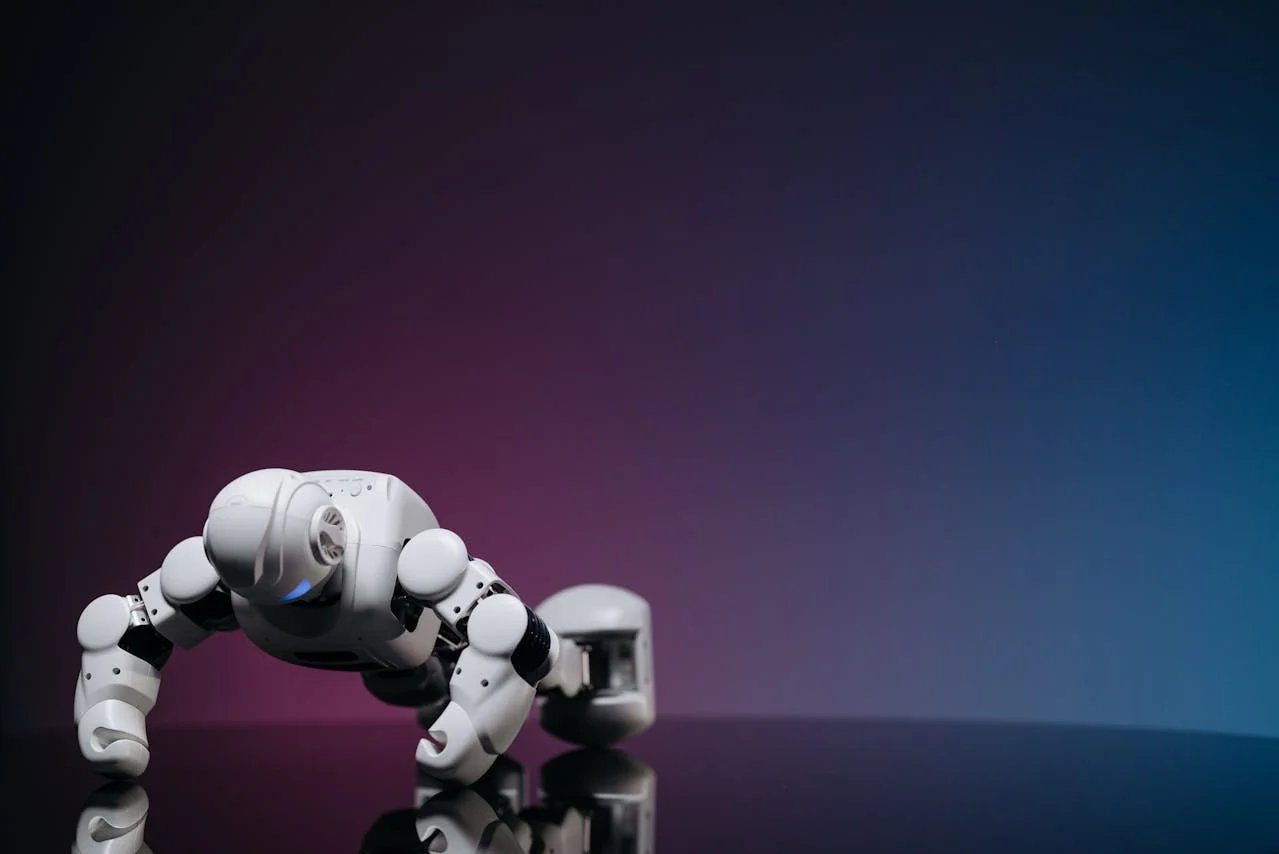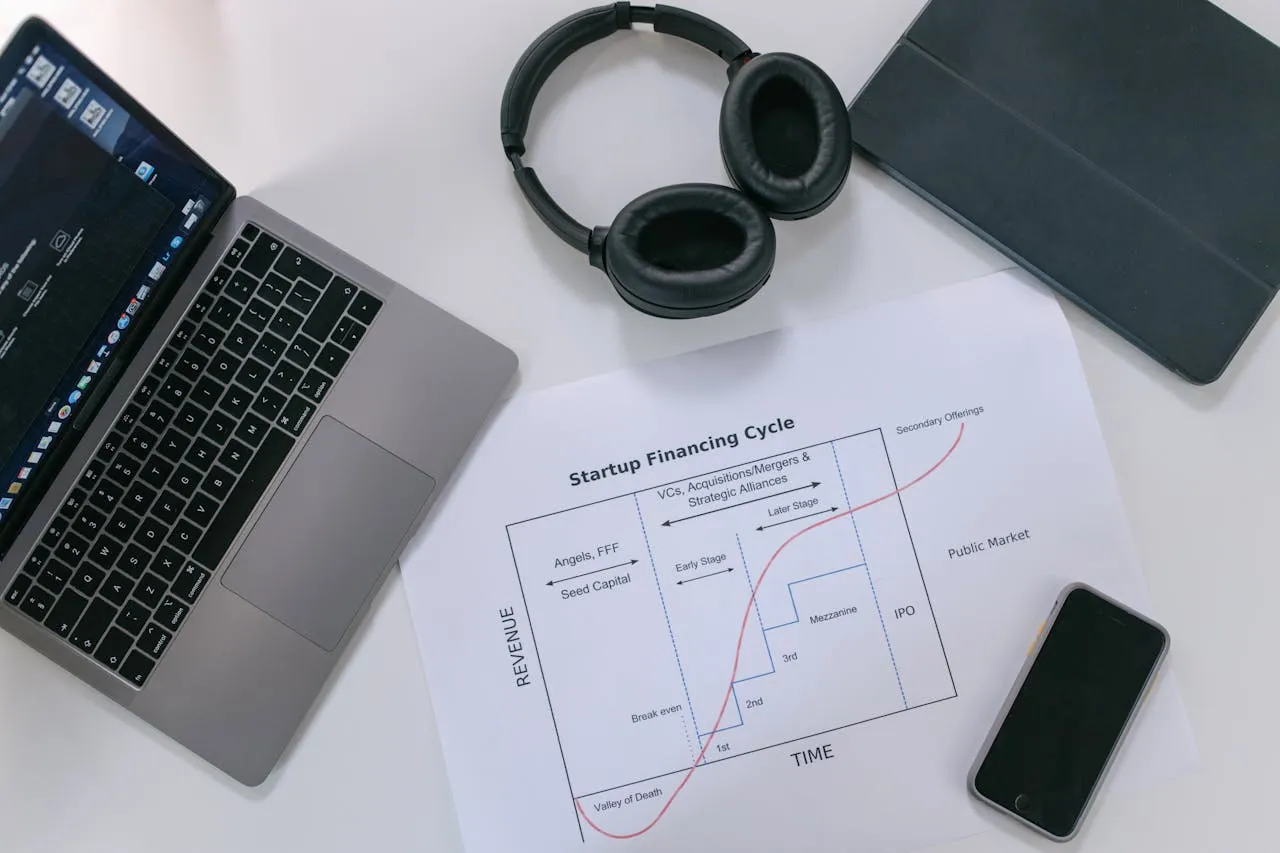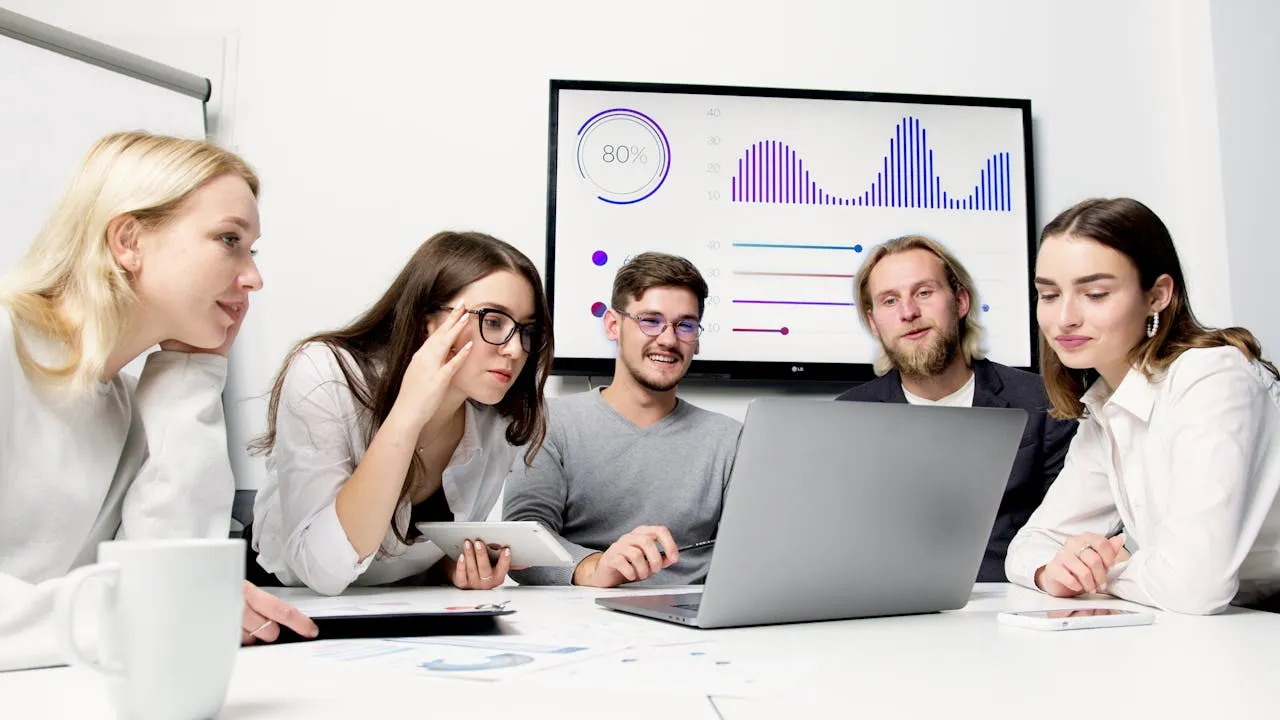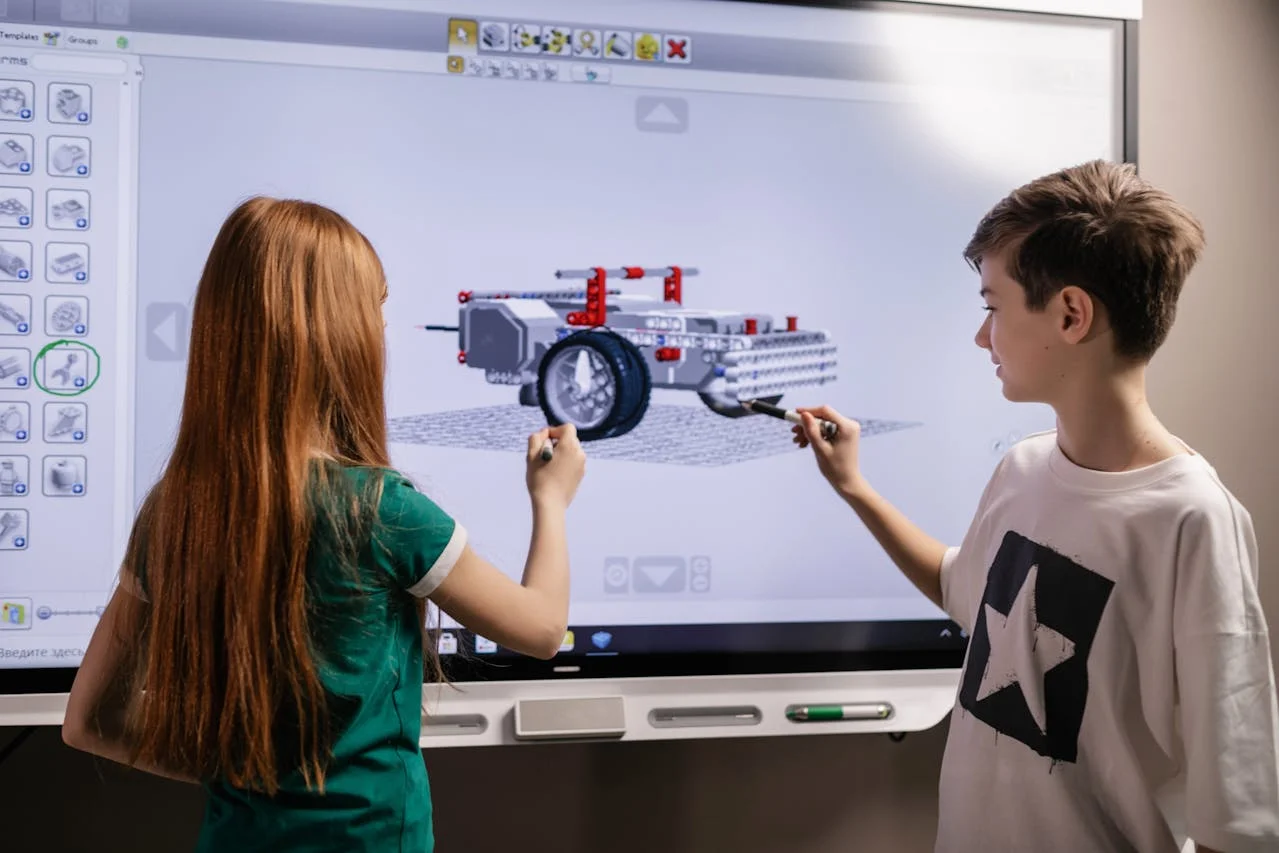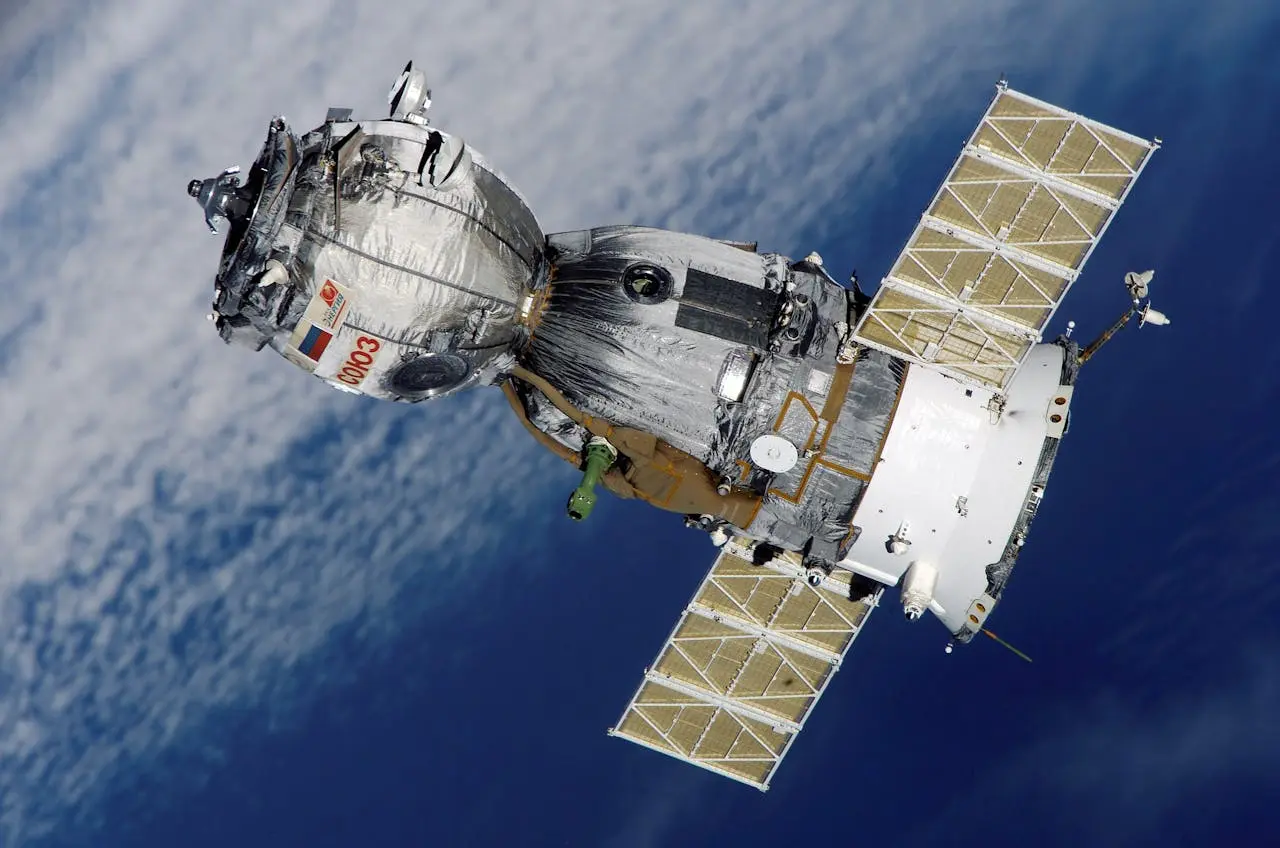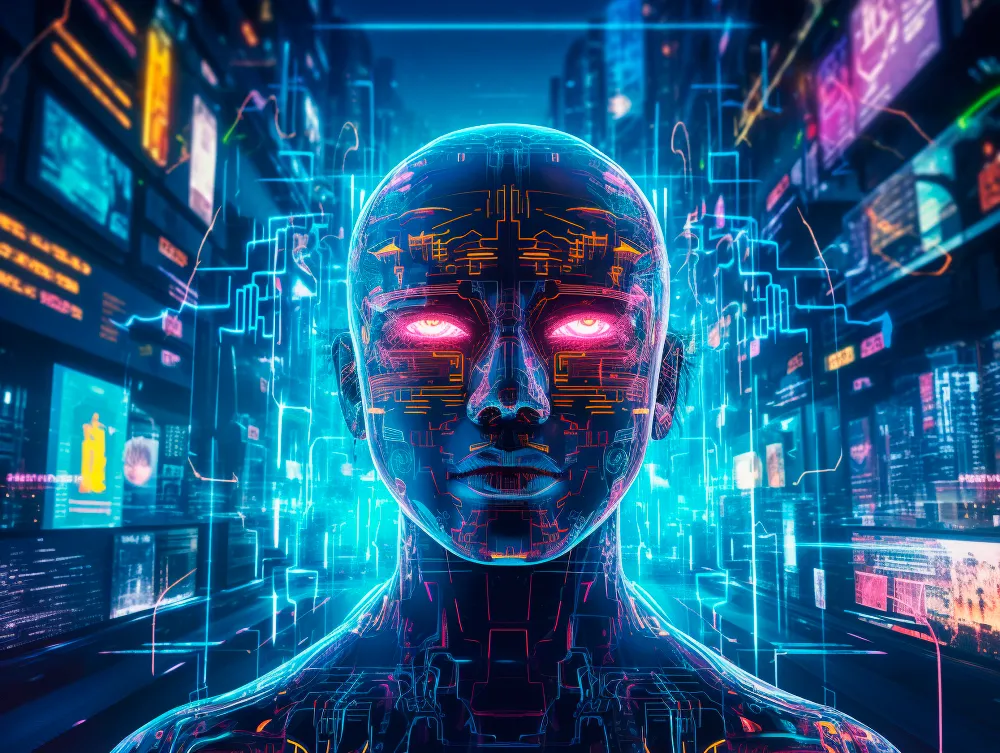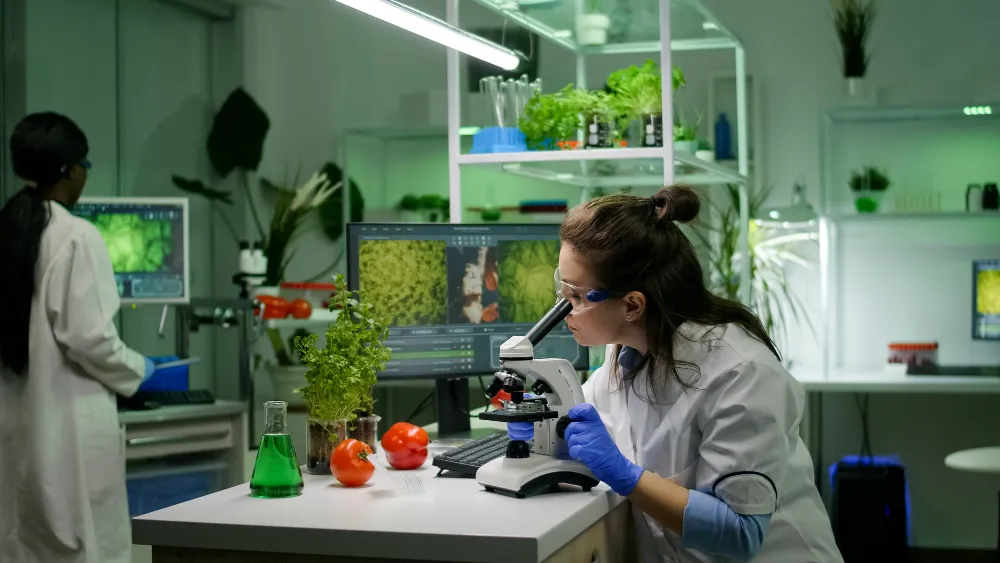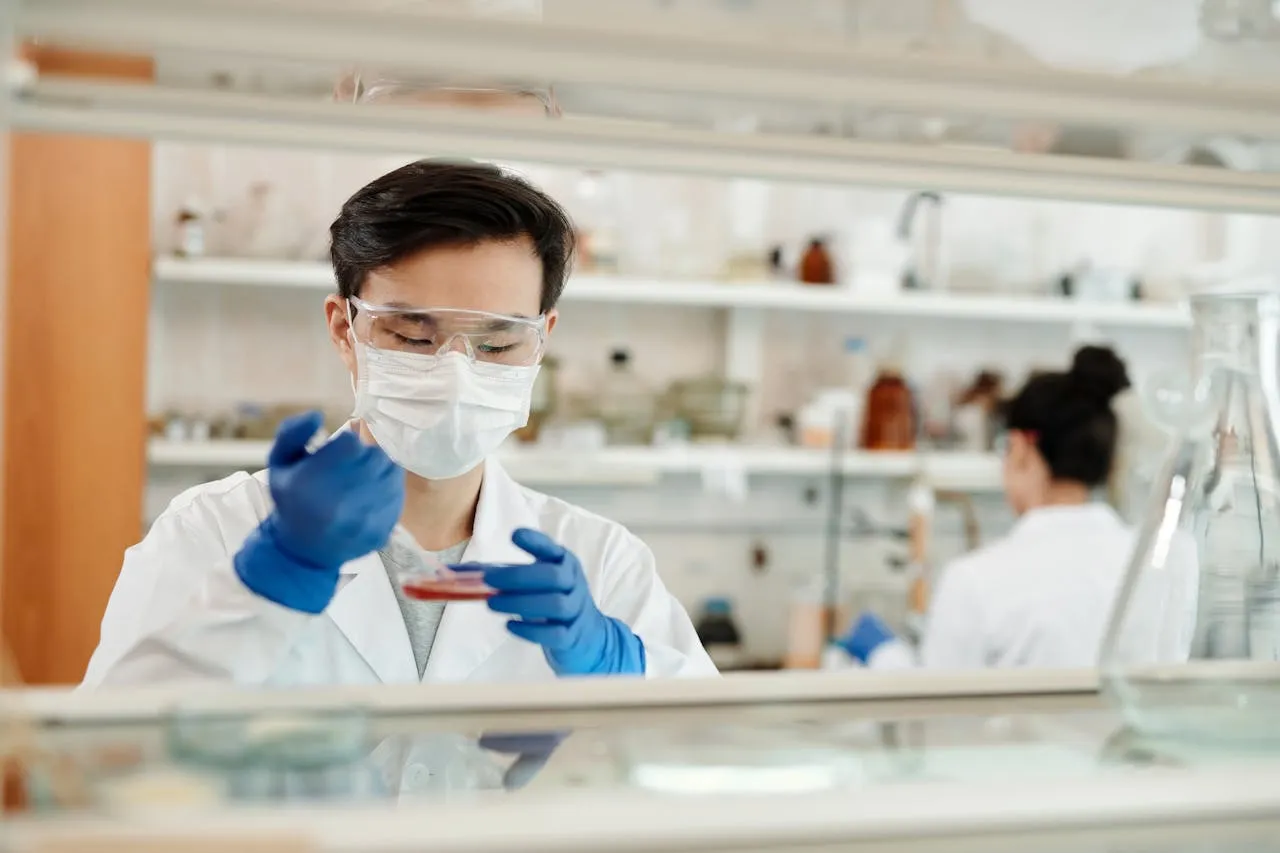Robotics is rapidly becoming one of the most influential fields in technology, reshaping industries and enhancing everyday life through automation and intelligent systems. From industrial applications to personal assistants, robots are increasingly integral to modern society. This evolution reflects significant advancements in robotics technology, including artificial intelligence (AI), machine learning, and materials science. As we look to the future, the impact of robotics promises to be both profound and far-reaching.
The Evolution of Robotics
Robotics has come a long way from its rudimentary beginnings. Early robots were mechanical devices designed for specific, repetitive tasks in controlled environments. A notable milestone in the field was the introduction of Unimate in the 1960s, the first industrial robot used in automotive manufacturing. This robot’s ability to perform tasks like welding with precision and consistency marked the beginning of robotics as a transformative industrial force.
Over the decades, advancements in computing, sensors, and AI have propelled robotics into new territories. Modern robots are equipped with sophisticated technologies that enable them to perform complex tasks, such as autonomous navigation, real-time data analysis, and human-robot interaction. These developments have expanded the applications of robotics into various sectors, showcasing its versatility and potential.
Applications of Robotics
- Healthcare: Robotics is revolutionizing the medical field by enhancing surgical precision and patient care. Surgical robots, such as the da Vinci Surgical System, allow for minimally invasive procedures with greater accuracy, resulting in shorter recovery times and reduced complications. Additionally, robots are increasingly used in rehabilitation and elderly care, providing assistance with mobility and daily activities.
- Manufacturing: The manufacturing sector has long been a leader in adopting robotic technology. Robots are now essential to assembly lines, performing tasks such as welding, painting, and material handling with speed and accuracy. Collaborative robots, or cobots, are designed to work alongside human operators, improving productivity and safety by adapting to various tasks and working conditions.
- Agriculture: In agriculture, robotics is driving innovations that enhance efficiency and sustainability. Autonomous tractors and drones equipped with advanced sensors optimize planting, irrigation, and harvesting processes. These technologies enable precision farming, which improves crop yields and reduces environmental impact by applying resources more effectively.
- Consumer Robotics: Robots are increasingly present in everyday life, providing practical solutions for routine tasks. Robotic vacuum cleaners, such as the Roomba, automate household chores, while personal robots and smart home devices offer convenience and enhance security. These consumer robots are designed to integrate seamlessly into daily routines, improving quality of life.
Future Trends in Robotics
The future of robotics is poised for exciting advancements. One prominent trend is the development of soft robotics, which involves creating robots from flexible materials that mimic the adaptability and dexterity of biological organisms. Soft robots have the potential to handle delicate objects and operate in challenging environments, expanding their range of applications.
Another significant trend is the integration of AI with robotics. AI-powered robots can learn from their experiences and adapt to new situations, enhancing their ability to perform complex and dynamic tasks. This fusion of AI and robotics is expected to lead to more intelligent and autonomous systems, capable of interacting with humans in more natural and intuitive ways.
Challenges and Considerations
Despite its transformative potential, robotics also presents challenges. Ensuring the safety and reliability of robots, particularly in environments where they interact closely with humans, is crucial. Additionally, the rise of automation raises ethical concerns about its impact on employment and privacy. Addressing these issues will be essential to maximizing the benefits of robotics while mitigating potential drawbacks.
Conclusion
Robotics is at the forefront of technological innovation, revolutionizing industries and enhancing daily life. From healthcare and manufacturing to agriculture and consumer products, robots are driving efficiency and transforming how tasks are performed. As technology continues to evolve, the future of robotics holds promise for even greater advancements, underscoring the importance of balancing innovation with ethical considerations to fully realize its potential.








